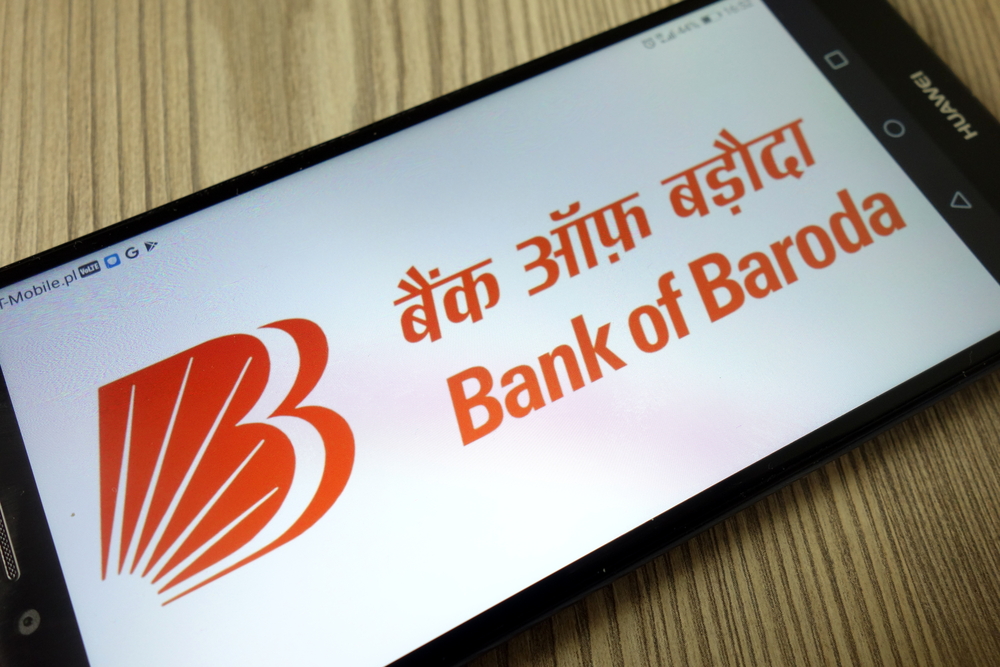Banking, Financial Services & Insurance Turn Covid-Negative
Sharp improvement witnessed in portfolio quality of financiers, reports Emkay

India is witnessing a massive surge in Covid cases due to which a number of states have imposed complete lockdown to reduce the spread of the infection.
According to research by Emkay Global Financial Services, the second Covid wave-led lockdowns would impact the financial sector which would reflect in credit offtake and provisioning cost.
Emkay has recently downgraded its first quarter of 2021-22 GDP growth estimate to 16.5 per cent from 22 per cent.
The impact of the lockdown on the sector will depend on the nature and severity of the restriction.
Emkay estimated that the severely affected states account for about 48 per cent of retail credit and around 56 per cent of overall credit as well.
The self-employed categories will bear the biggest brunt of localised lockdowns.
“We assume about 50 to 70 per cent demand destruction for self-employed focused products and 25 per cent for the salaried class-oriented products during the lockdown. Banking credit could moderate by about 159bps to 9.3 per cent in 2021-22. NBFC credit will similarly slow by 140bps to 12.8 per cent,” the report said.
The impact on credit growth might be linear, but the credit cost impact is binary. The financial conditions have to cross a threshold level of pain for assets to turn unproductive.
As per Emkay’s analysis, sectors directly impacted by the pandemic and the weakest exposures within that have either been recognised or restructured. Therefore, banks and NBFCs are entering lockdown 2.0 with a relatively clean asset quality. “Despite the strictest lockdown in 2021-22, most banks have experienced far superior outcomes. About 50-100bps of slippages over normalised levels and restructuring ~100bps on average – i.e., of a magnitude lower than what was initially feared (400bps of slippages and 500-600 bps of restructuring). There is both economic recovery and a policy template to fall back on.”
Most banks and NBFCs are now well-capitalised (about 200bps of capital raise) and carry about 30-100bps of Covid provisions.
As per as retail credit is concerned, experts believe its growth will return as the lockdowns get lifted.
“Credit demand accelerated last year in secured segments like home/car loans once lockdowns were lifted, with banks at the forefront armed with lower rates and renewed aggression to capture the market share,” said Kaushik Mehta, Founder & CEO of RULoans Distributions.
He expects business to be down by 40 per cent by month-end, but will still be better than last year as lockdowns are largely localized without much impact on the salaried class.
The Supreme Court has finally lifted the interim stay on banks for classifying loans that were standard as of August 31 as NPAs. Due to this, lenders will now report actual NPAs instead of pro forma NPAs.
“We expect actual NPA ratios for the fourth quarter to be flat or slightly lower versus pro forma NPAs in the third quarter due to write-offs and lumpy corporate resolutions,” reports Emkay.
Few corporates might limit the NPA formation.
Banks with strong digital operations, growth capital and better asset quality experience can provide a margin of safety and strong growth opportunity for gaining market share.
Partial lockdown in several parts of the country hit sales of cars, SUVs, vans, bikes and scooters during April as showrooms remained shut while those open wore a deserted look.
In April 2020, the strict national lockdown led to zero sales during the month.
There has been a sharp improvement in the portfolio quality of financiers in December 2020 compared to September 2019, with increasing share of BB+ wholesale loans.
“The overall exposure to projects rated ‘above BB’ improved significantly in December 2020, with HDFC Ltd. standing out with ~78 per cent of exposure followed by LIC Housing at 65 per cent and LT Finance at ~61 per cent . This is far better compared to September 2019 numbers when the overall exposure to ‘above BB’ rated projects stood at 50 per cent,” the report stated.
The consistent loss in market share for NBFCs and banks, especially in housing and private auto segments is largely due to lower interest rates and longer loan tenures.
NBFCs continue to bet on the underbanked and new-to-credit segments to manage growth momentum while also focusing on specific product segments such as used vehicle finance, affordable housing, and low-ticket MSME loans.
“Discussions with various NBFC management and industry experts point to a surge in credit demand across sectors and geographies. New housing loans, especially in the affordable category, used vehicle loans and MSME loans are seeing significant momentum,” Emkay reported.
The introduction of the scrappage policy is expected to accelerate used-vehicle demand further.
With the RBI increasing its vigilance over NBFCs it will result in enhancing governance structures of NBFCs, and bring more transparency and lesser leverage based growth, leading to an improvement in cost of funds and credit costs.
“Improving economic or sectoral outlook on retail growth or asset quality and favorable budget proposals, coupled with positive sector rotation or flows, have led to a sharp rally in financial stocks, including in the typically laggard PSBs,” Emkay said while stating that BFSI space is turning Covid negative.









